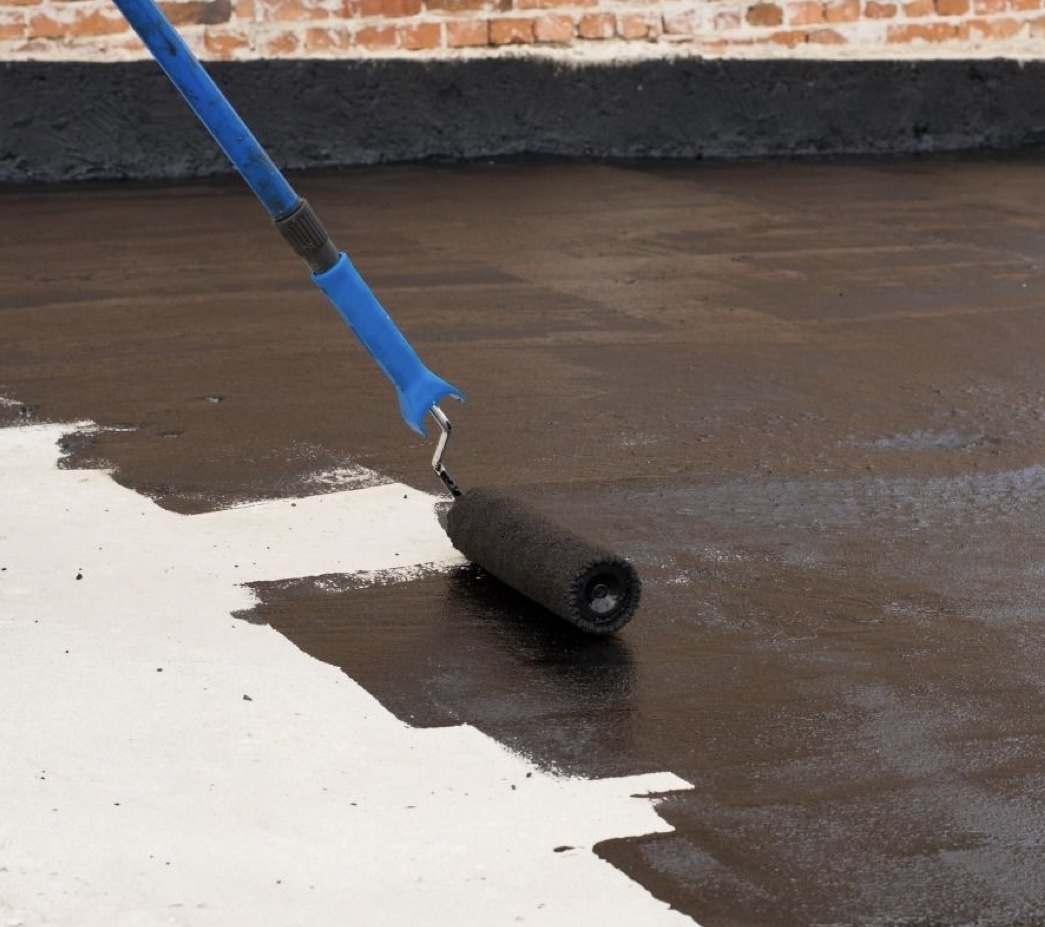
waterproofing: Protecting your structures from moisture
waterproofing. Tools for protection.
Waterproofing is a crucial process in the construction and maintenance of structures, since it seeks to protect them from humidity and prevent leaks that could damage the surfaces and put the integrity of the buildings at risk.. In this article, We will explore what waterproofing is, the most common types and tools used to carry out this important process, paying special attention to the ceilings, covers, floors, terraces and pools, which are areas especially susceptible to water leaks.
What is waterproofing?
Waterproofing is a set of techniques and systems designed to prevent water from penetrating structures., ensuring surfaces remain dry and protected. It is especially important in areas where exposure to humidity is frequent, like on roofs, covers, floors, terraces and pools. Proper waterproofing prolongs the life of buildings and prevents problems such as mold, deterioration of materials and structural damage.
Most common types of waterproofing
- Liquid waterproofing: It is applied in liquid form and adapts to the irregular shapes of surfaces. It can be a stand-alone layer or be part of a multi-layer system.. Common products include waterproofing paints and elastomeric coatings.
- Asphalt membranes: These membranes are composed of modified asphalt and are applied using heat or cold.. They are durable and UV resistant, which makes them ideal for roofs and covers.
- PVC Waterproofing Sheets: These sheets are flexible and are fixed mechanically or using adhesives.. They are effective for roofs, decks and pools.
- Waterproofing with polyurethane: It is applied as a foam or liquid and expands to fill cracks and crevices.. It is useful for irregular surfaces and walkable terraces..
- Waterproofing with polymer cement: This mixture of cement and polymers is applied to floors and terraces., creating a waterproof layer.
Tools used in waterproofing
- Waterproofing application roller : A basic tool for applying liquid paints and coatings to surfaces such as roofs and decks.
- Blowtorch: Used to apply heat in the installation of asphalt membranes, melting them so that they adhere correctly.
- Spatula Y paint brush for waterproofing application: Essential tools for applying adhesives and sealants to specific areas requiring precise focus.
- caulking gun: Used to apply sealants in joints and cracks, ensuring they are completely sealed.
- hot air gun: Used to activate and expand polyurethane foam during waterproofing.
- Bucket and palette: Useful for mixing and applying polymeric cement on soils and terraces.
In conclusion, Waterproofing is a fundamental step in the construction and maintenance of structures to protect them from moisture and prevent long-term damage. The different types of waterproofing and the tools used allow adaptation to the specific characteristics of roofs., covers, floors, terraces and pools, ensuring these areas remain dry and in optimal condition. By investing in a proper waterproofing process, We guarantee the durability and integrity of our buildings, avoiding future problems and saving repair costs.
To receive an offer for waterproofing tools click here.
